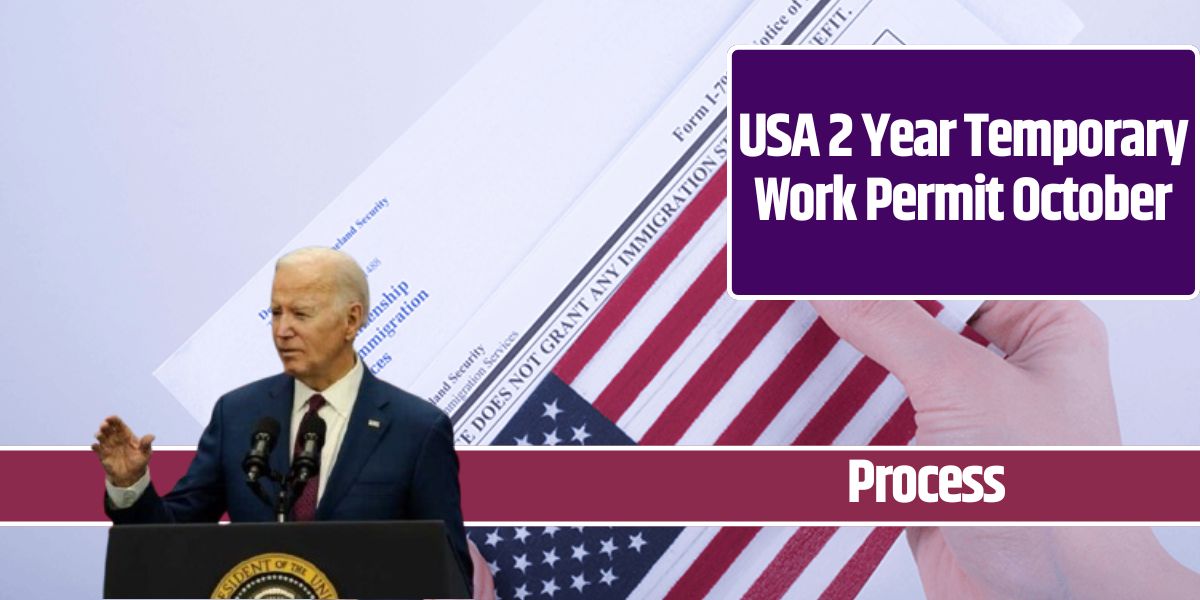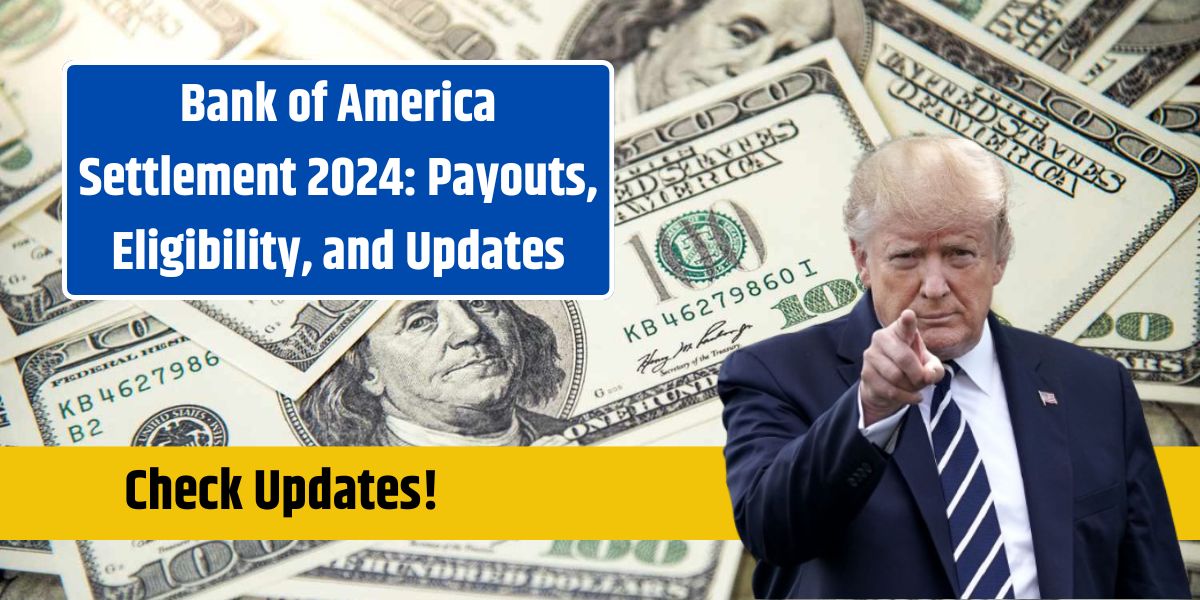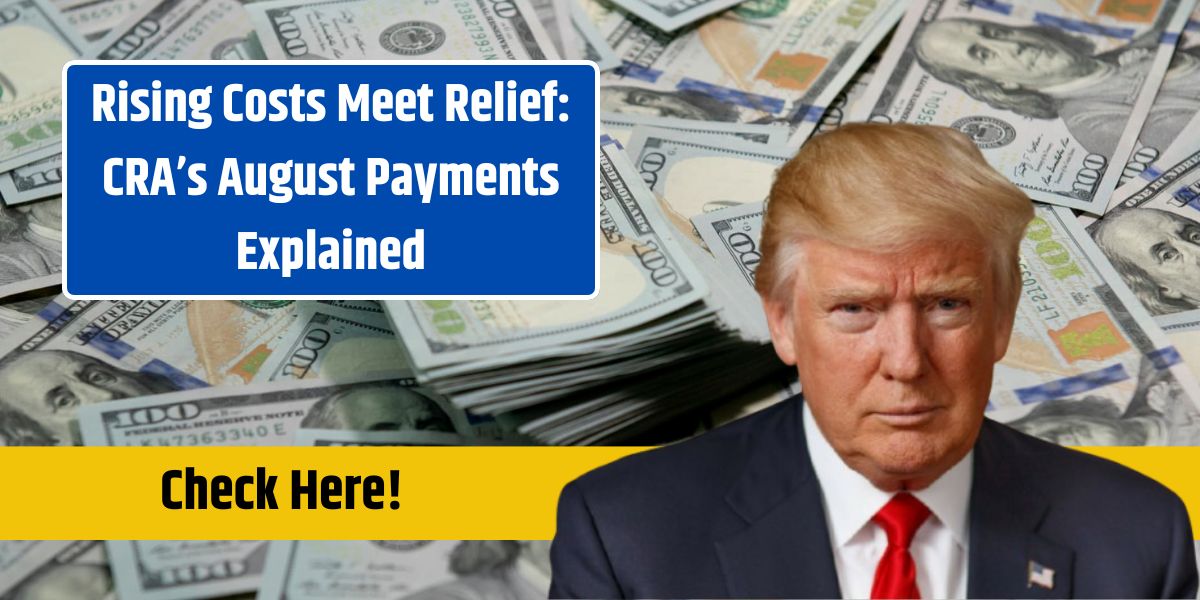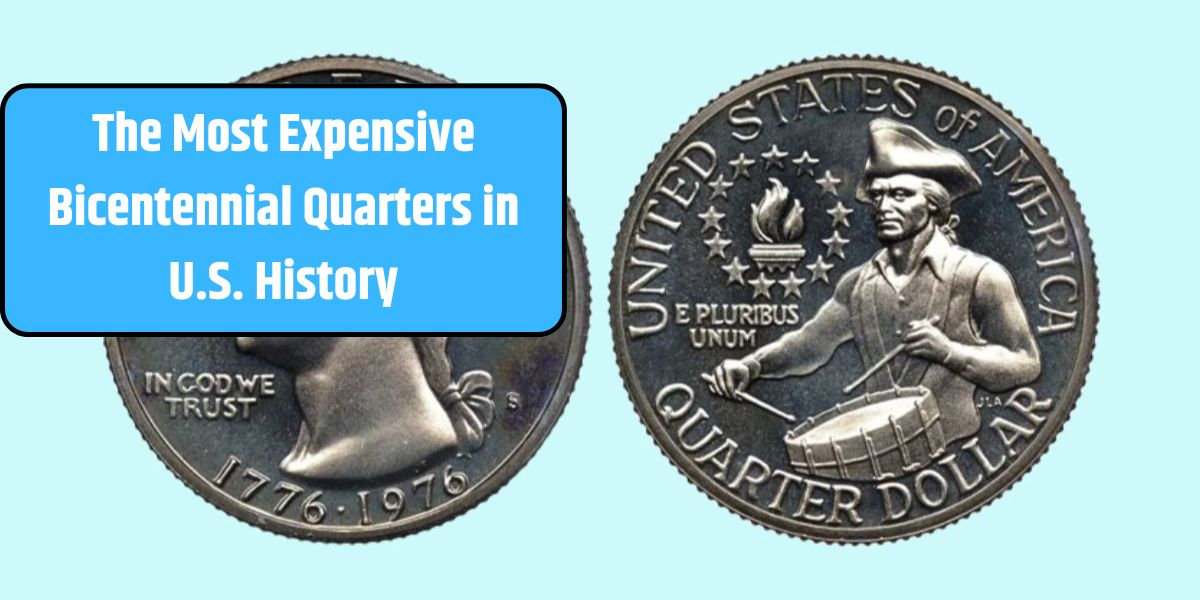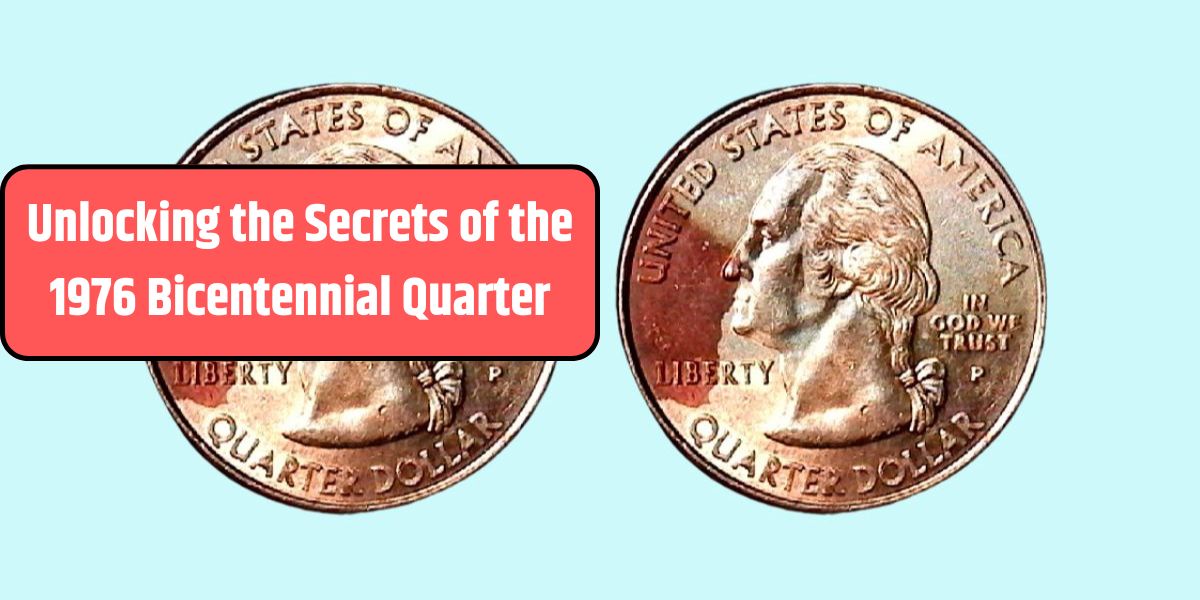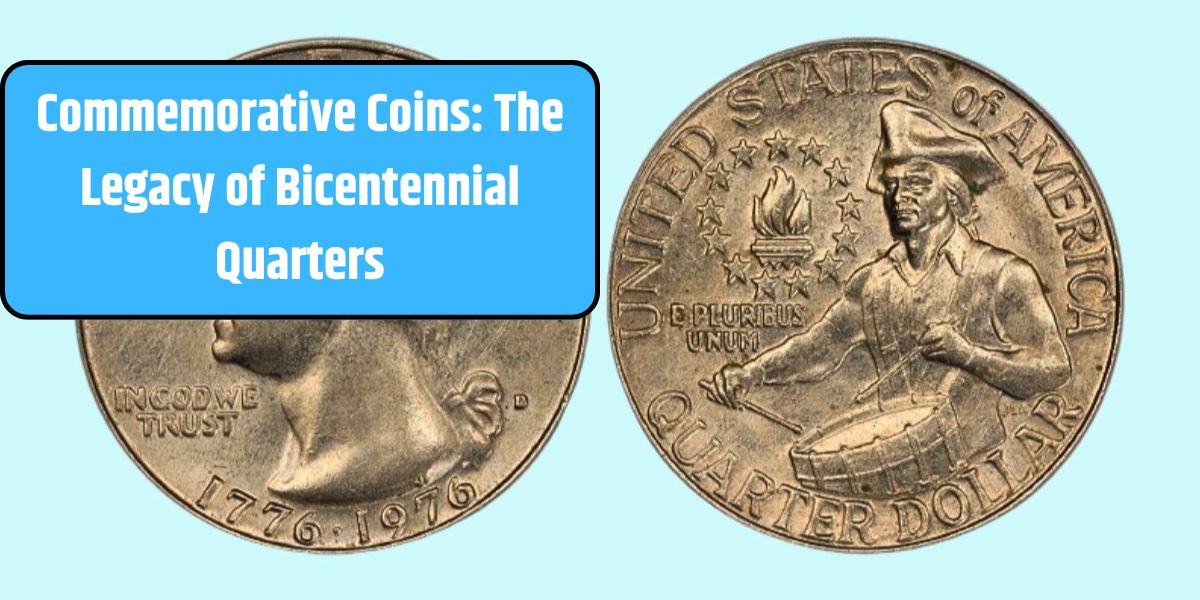Graduating from college in the U.S. opens the door to various job opportunities for international students. However, to work legally, non-U.S. citizens must secure an appropriate work visa or permit, depending on the type of job and duration of employment. This guide provides an overview of work visas, eligibility requirements, and the application process for international graduates seeking employment in the United States.
Overview of U.S. Work Visas
Several U.S. work visa types cater to different job categories, allowing foreign nationals to work in the country temporarily. Here are some of the most common work visa types:
- H-1B Visa: For jobs that require specialized knowledge or higher education (such as engineering or computer science), the H-1B visa is typically valid for three years, with the possibility of an extension for another three years. A U.S. employer must sponsor the visa, demonstrating a need for the worker’s specialized skills.
- H-2A Visa: This visa permits foreign nationals to engage in temporary agricultural work, often for seasonal jobs. Employers must demonstrate that there are not enough U.S. workers to fill the positions.
- H-2B Visa: Similar to the H-2A visa, the H-2B visa is for temporary non-agricultural work, such as hospitality, construction, or landscaping, where there is a need for additional seasonal labor.
- L-1 Visa: The L-1 visa is for intracompany transferees, allowing employees of a foreign company to transfer to a U.S. branch, subsidiary, or affiliate. It is common for managers, executives, or those with specialized knowledge.
- P Visas: These visas are for athletes, performers, or members of an entertainment group who are coming to the U.S. to perform or compete. The visa length depends on the duration of the event, tour, or competition.
- R-1 Visa: Religious workers such as ministers or individuals engaged in a religious vocation or occupation can apply for the R-1 visa to work temporarily in the U.S.
- O-1 Visa: This visa is for individuals with extraordinary abilities in fields such as science, education, arts, business, or athletics. Applicants must demonstrate significant achievements and recognition in their field.
Eligibility Requirements for U.S. Work Visas
To qualify for a U.S. work visa, applicants must meet specific requirements, including:
- Valid Passport: A passport that remains valid for at least six months beyond the intended period of stay in the U.S.
- Visa Application Form (DS-160): Completion of the Nonimmigrant Visa Application form (DS-160), which collects information about the applicant’s background and intended activities in the U.S.
- Visa Payment Proof: Payment of the visa application fee, which varies by visa type.
- Evidence of Economic Stability and Ties to Home Country: Proof that the applicant intends to return to their home country after the visa expires. This can include evidence of family relationships, property ownership, or a permanent job offer in the applicant’s home country.
- Job Offer and Employer Sponsorship (for Sponsored Visas): For visas like the H-1B or L-1, an official job offer from a U.S. employer is necessary. The employer may need to file a petition on the applicant’s behalf.
- Labor Certification (for Certain Visas): The H-1B, H-2A, and H-2B visas require a certification from the Department of Labor, confirming that hiring a foreign worker will not negatively impact U.S. workers.
Application Process for U.S. Work Visas
The application process for U.S. work visas varies depending on the visa type, but typically involves the following steps:
- Employer Sponsorship and Petition Filing: For most employment-based visas, the process begins with the U.S. employer filing Form I-129 (Petition for a Nonimmigrant Worker) with the United States Citizenship and Immigration Services (USCIS). This form confirms the job offer and the employer’s intent to hire a foreign worker.
- Approval from USCIS: Once USCIS approves the petition, the applicant can proceed with applying for the visa at a U.S. embassy or consulate in their home country.
- Visa Application Submission: The applicant submits a completed Form DS-160, pays the application fee, and schedules an interview at the embassy or consulate. Supporting documents such as a passport copy, visa fee payment proof, and evidence of intent to return to the home country must be provided.
- Interview and Final Decision: During the visa interview, the consular officer reviews the applicant’s qualifications and supporting documents. If approved, the visa is stamped in the passport.
Additional Considerations for H-1B and H-2 Visas
For H-1B, H-2A, and H-2B visas, additional documentation is required, including:
- Labor Condition Application (LCA): The employer must obtain an LCA from the Department of Labor, ensuring that the employment of a foreign worker does not adversely affect U.S. workers’ wages or conditions.
- Seasonal Employment Certification (for H-2 Visas): For H-2 visas, the employer must demonstrate that the job is temporary and that there are insufficient U.S. workers to fill the role.
Working in the U.S. After Graduation
International students on F-1 visas can pursue Optional Practical Training (OPT), which allows them to work for up to 12 months in a field related to their study. For STEM graduates, this period can be extended by an additional 24 months, giving them a total of 36 months to work in the U.S. While on OPT, students can explore full-time employment opportunities and apply for long-term work visas like the H-1B.
FAQs:
Can I work in the U.S. without a job offer?
No, most U.S. work visas require a job offer and employer sponsorship. However, some visas, like the O-1, allow for self-sponsorship if the applicant meets the extraordinary ability criteria.
How long does the work visa application process take?
Processing times vary by visa type and the applicant’s country of residence. H-1B visas can take several months due to a cap on the number issued annually.
Can I switch jobs while on a work visa?
Yes, but the new employer must file a petition to transfer the visa. This process is common with H-1B visa holders.

